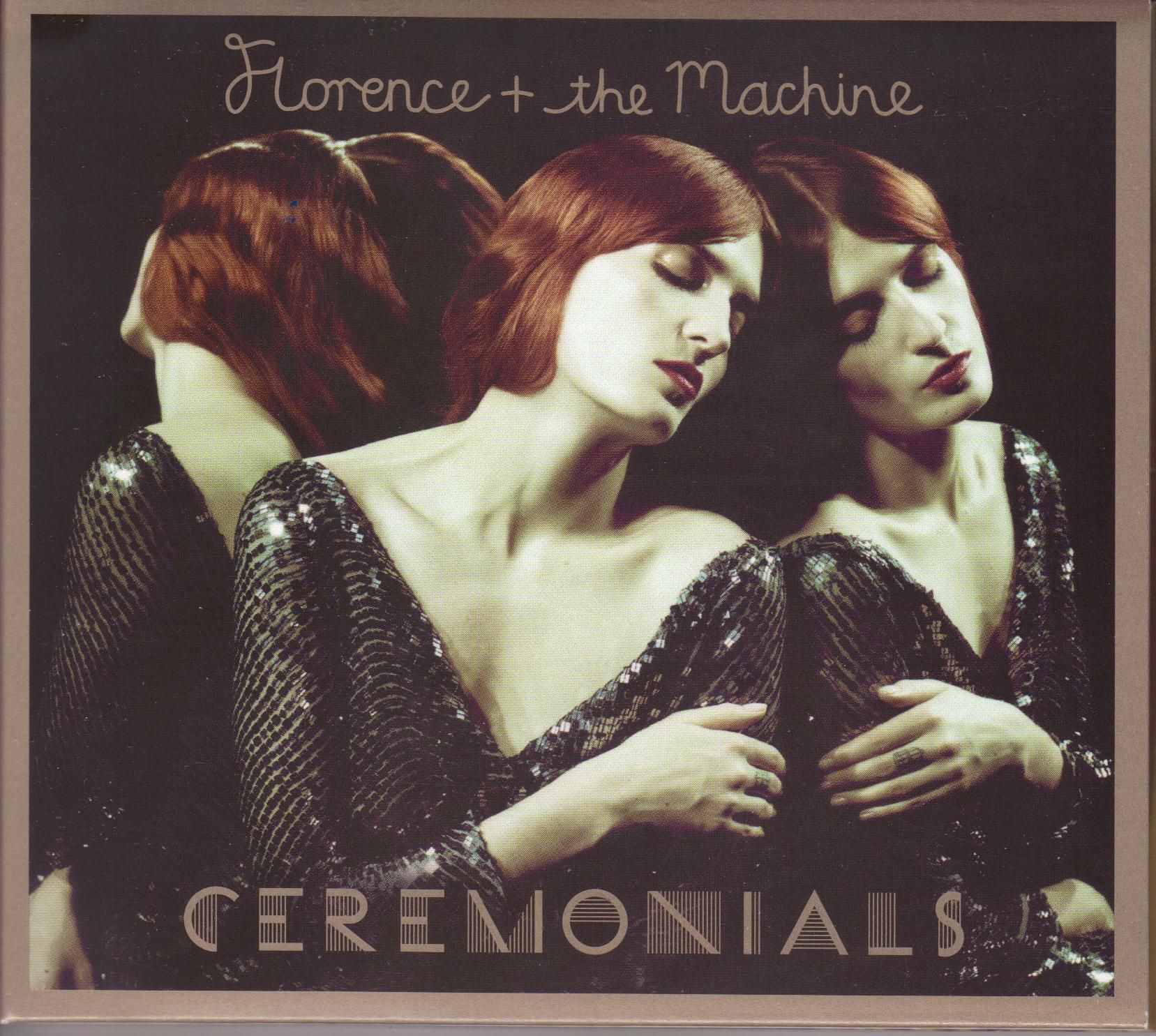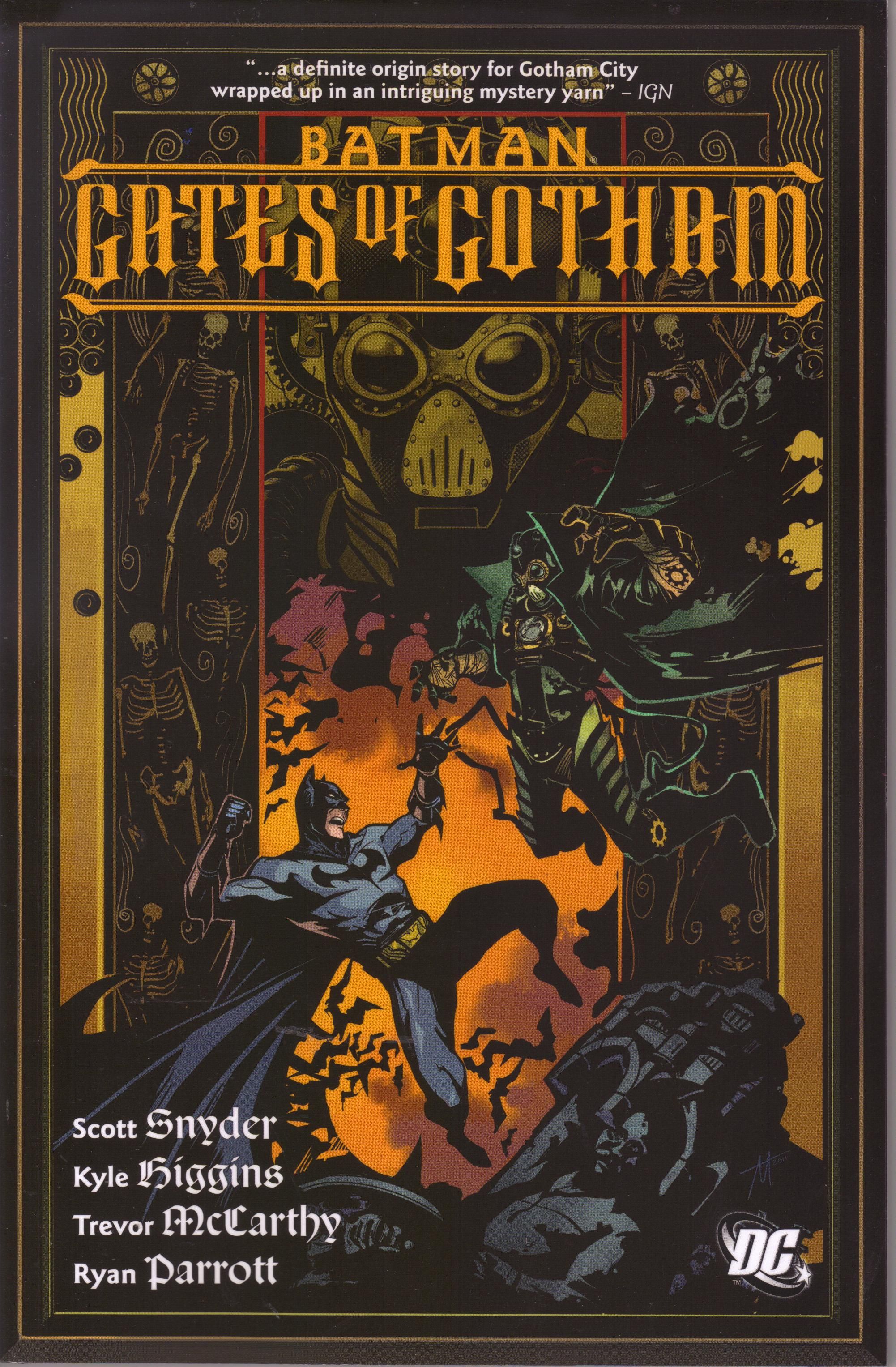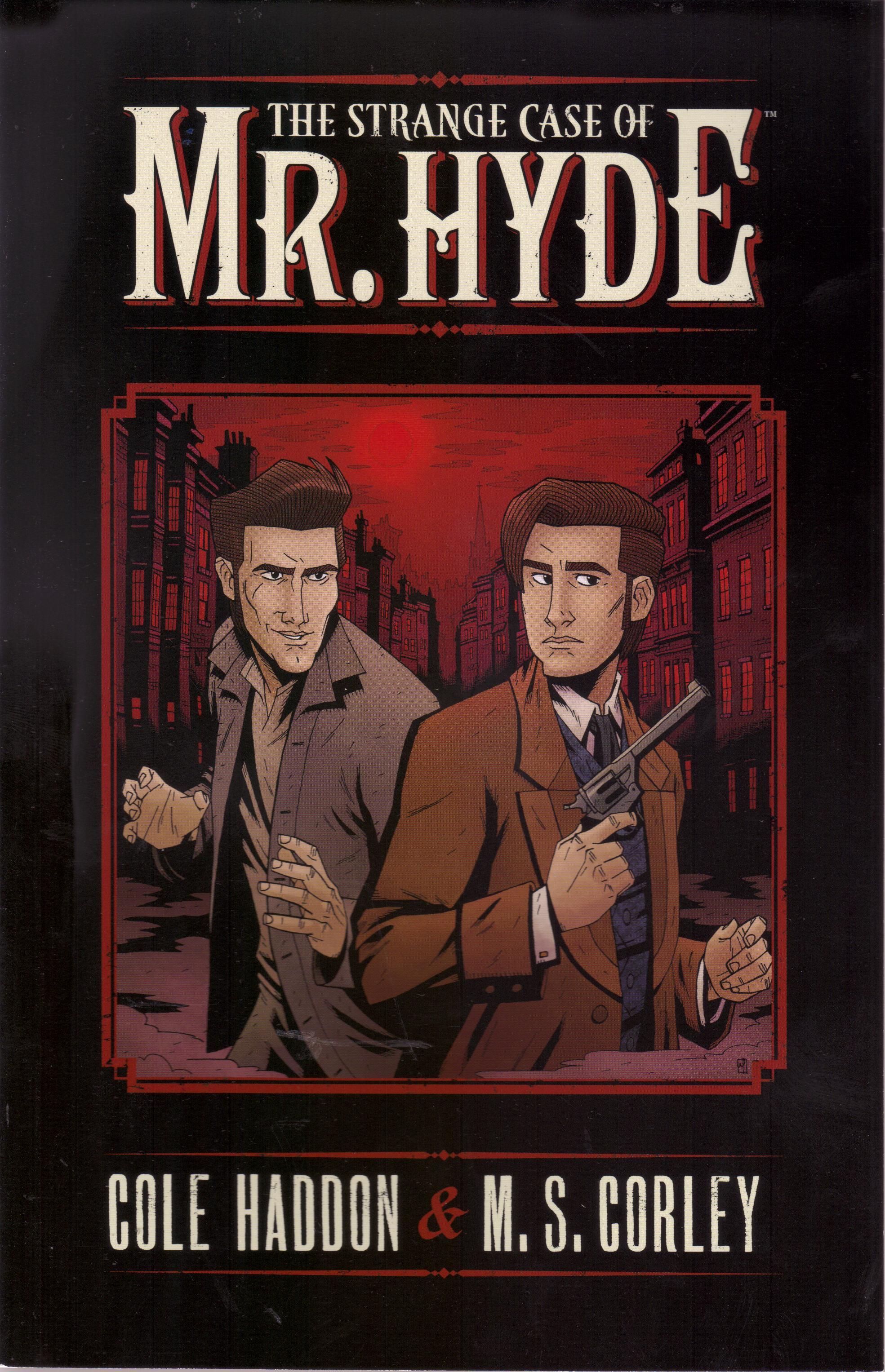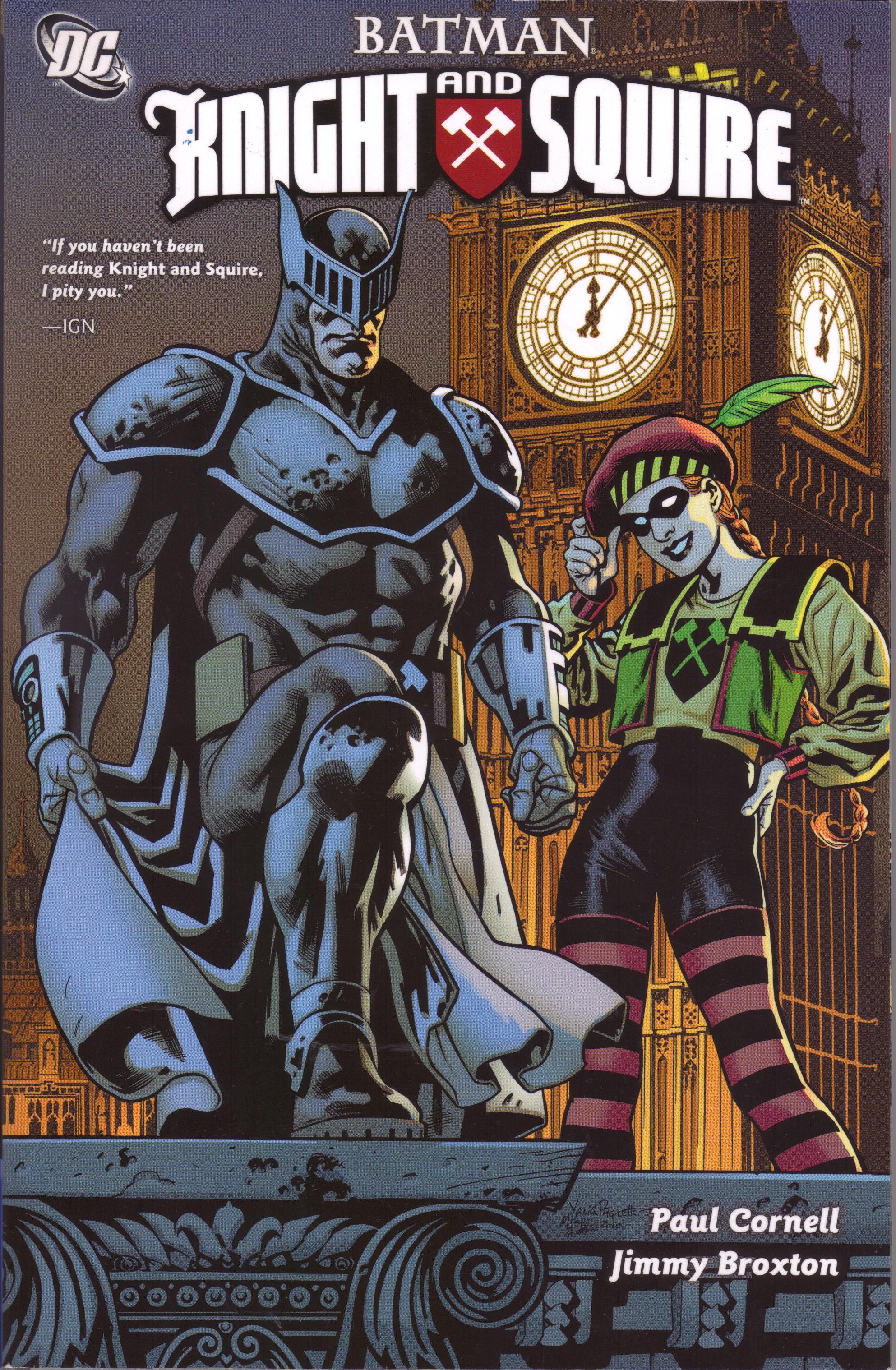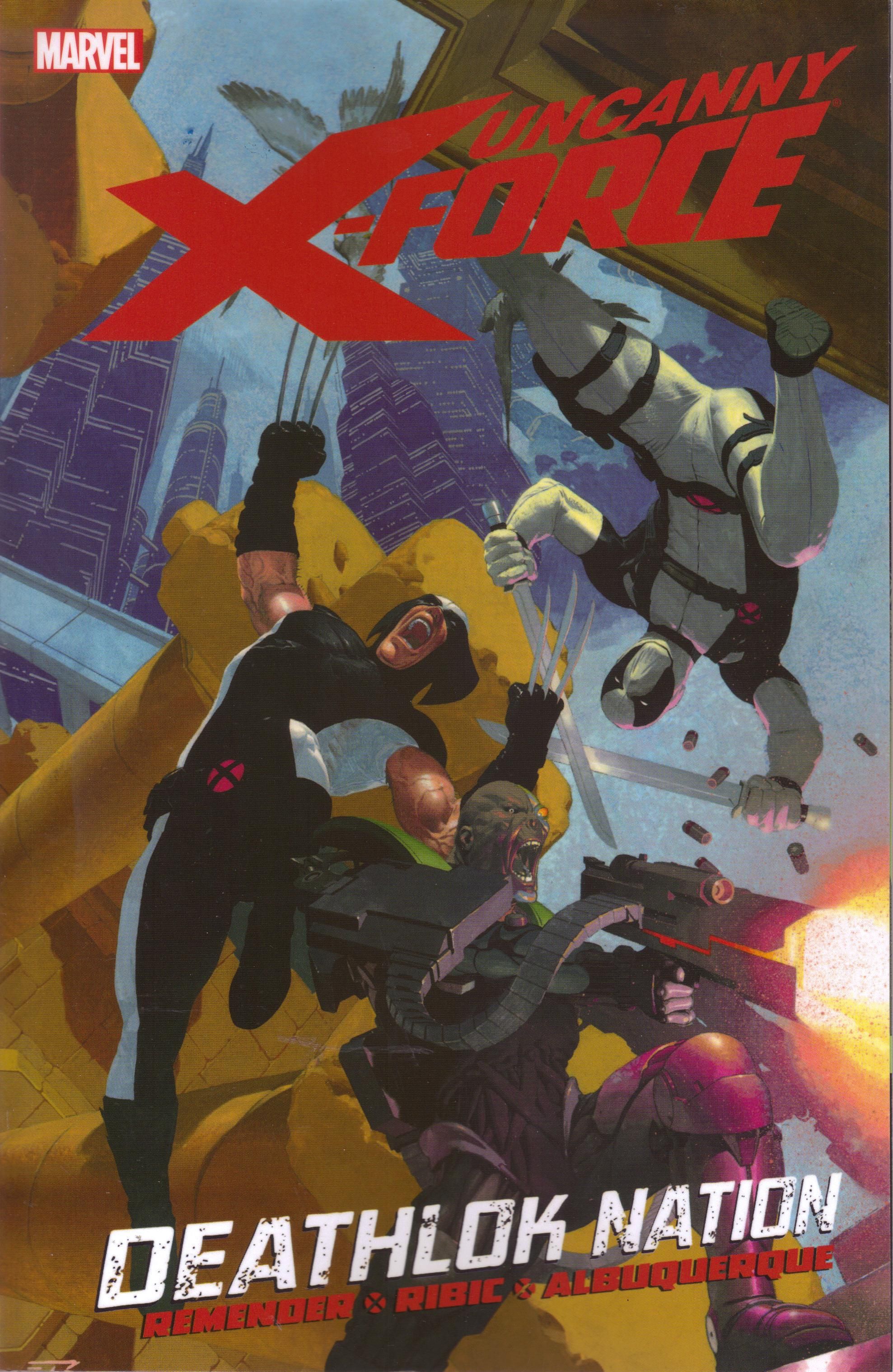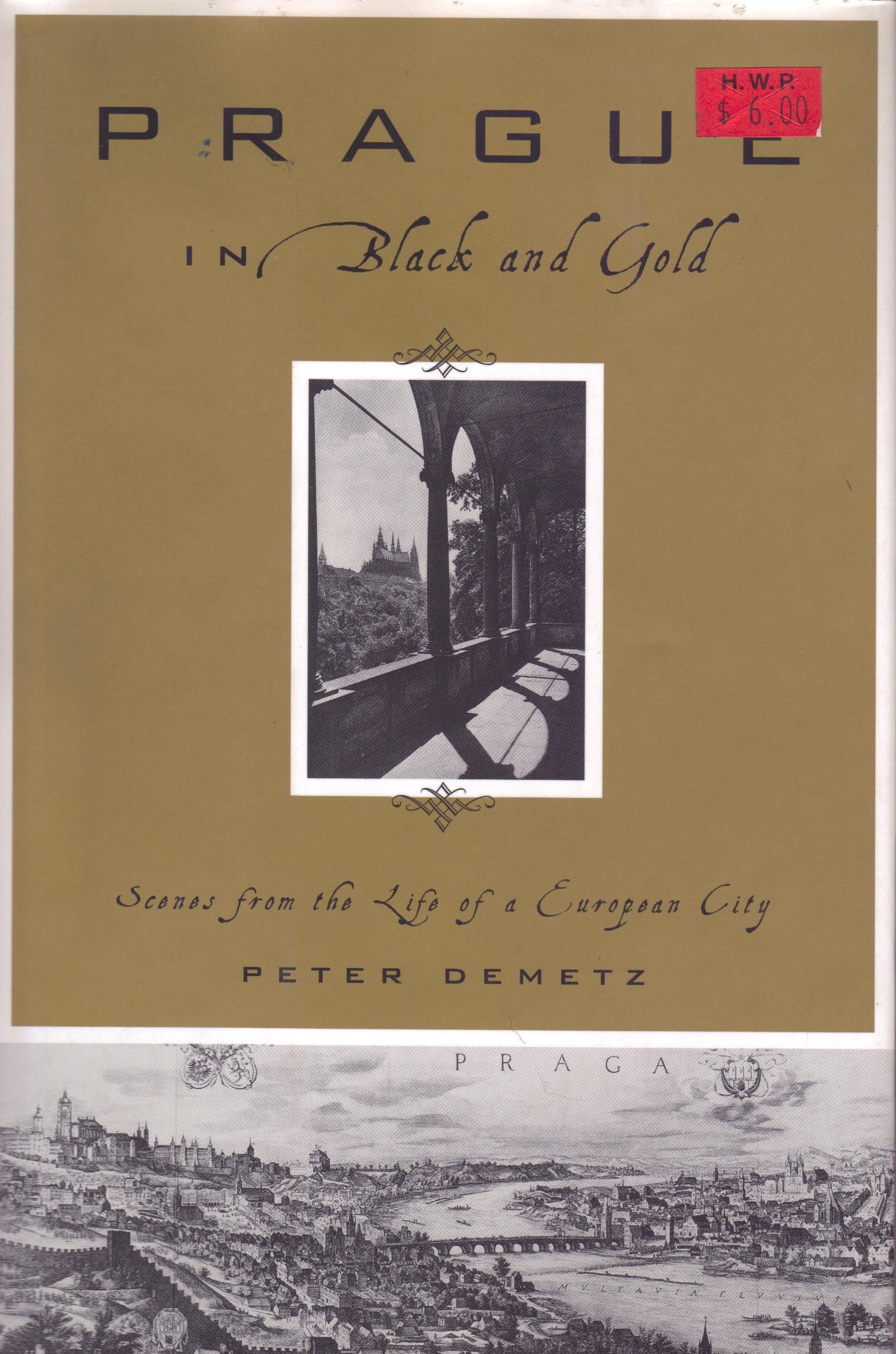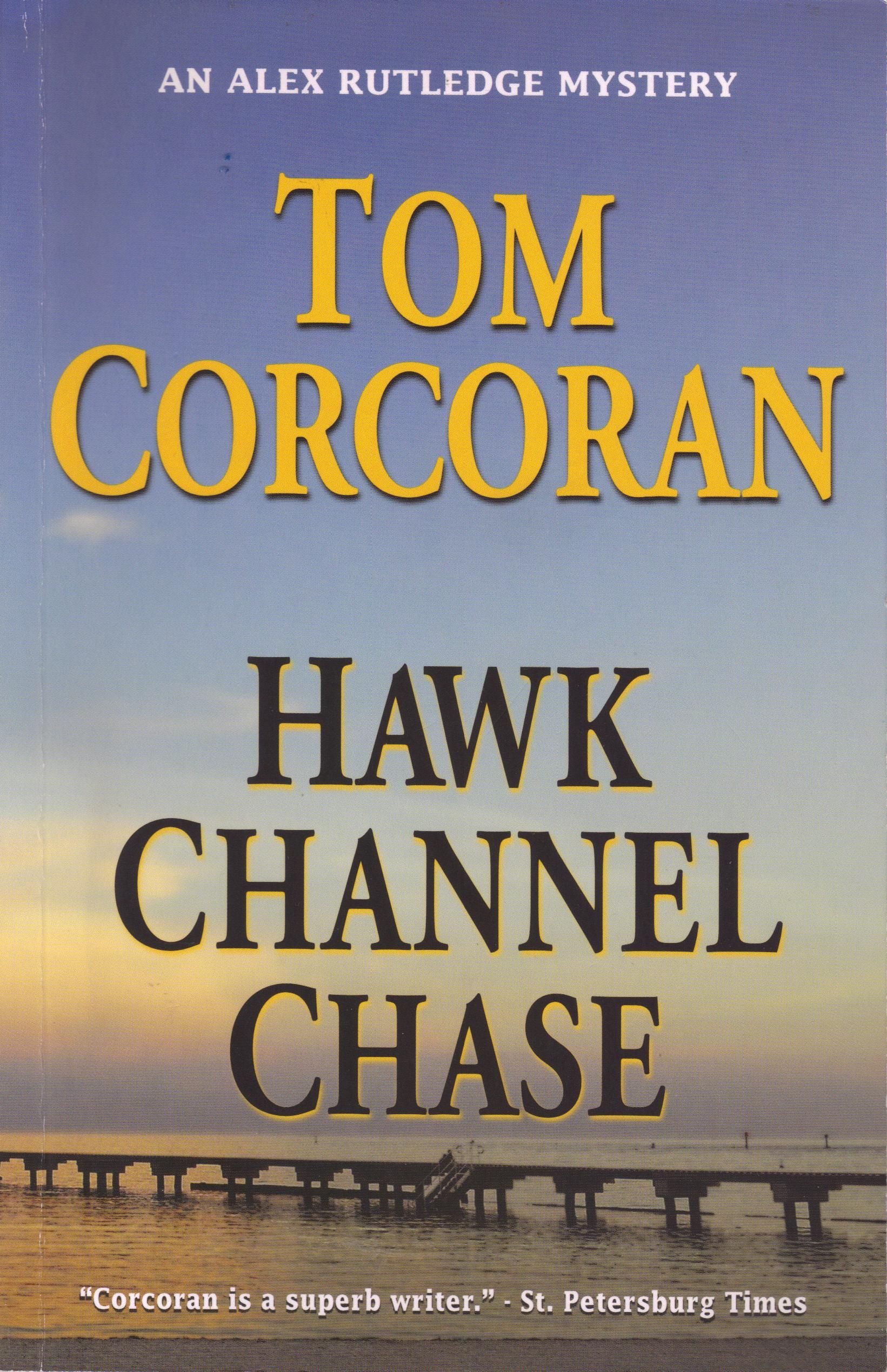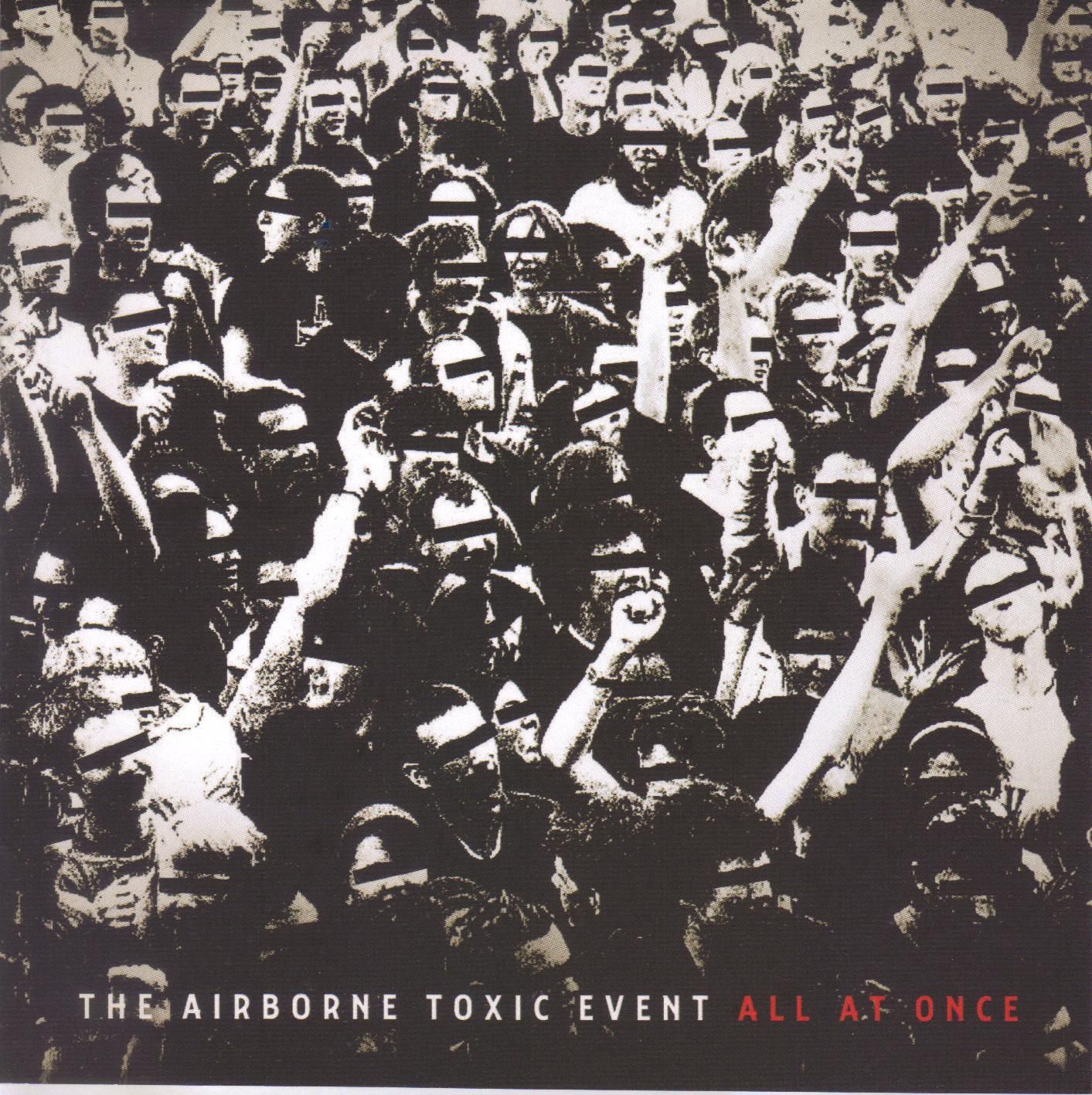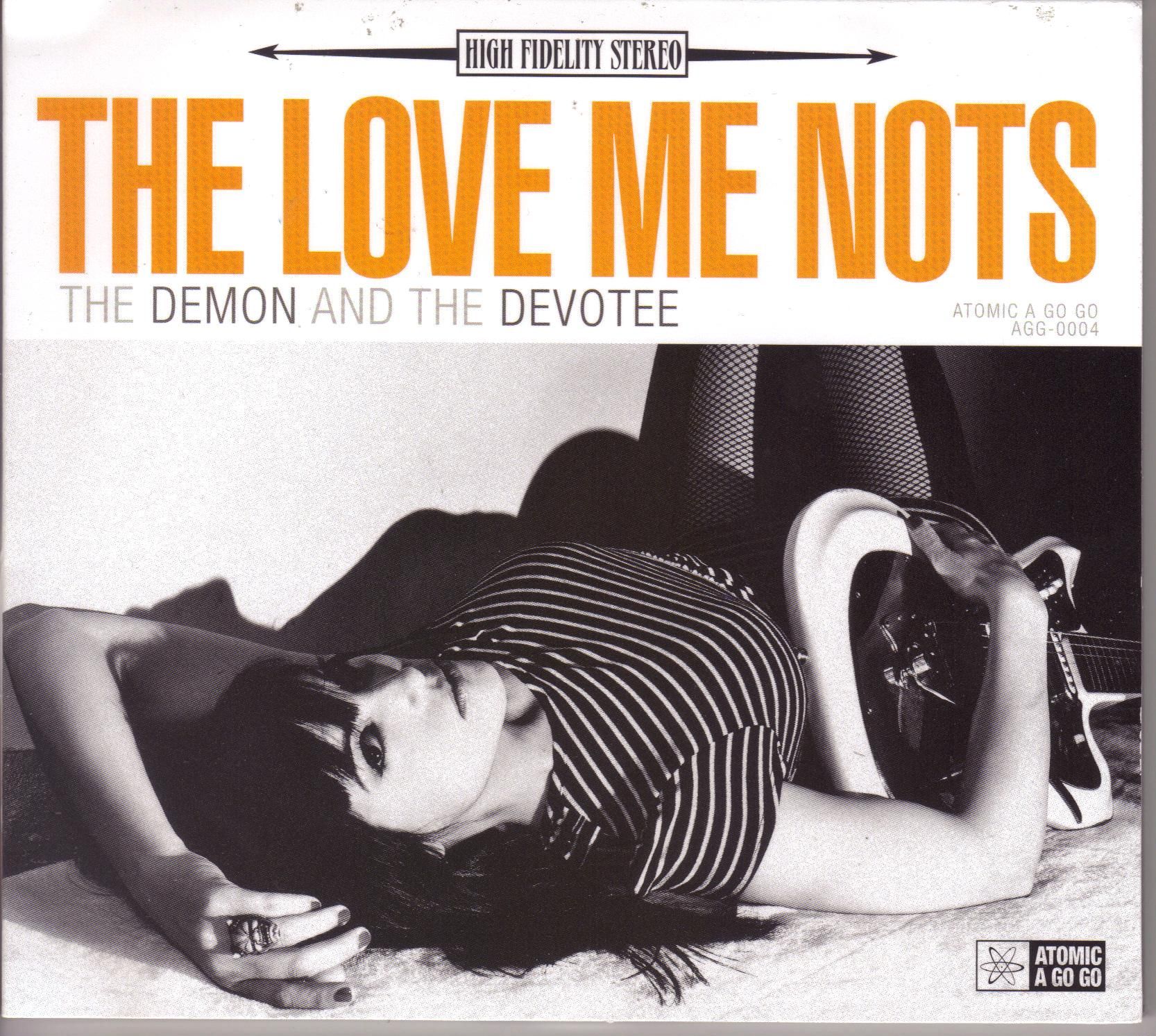I'm back for another round of trade paperbacks, older editi ... you know, it's right there in the title of the post! Let's get to it!
Batman: Gates of Gotham by Scott Snyder (story, "Gates of Gotham"), Kyle Higgins (story/scripter), Ryan Parrott (scripter, issues #3-5), Trevor McCarthy (artist, issues #1-3, 5, "The Nightrunner"), Graham Nolan (layouter, issues #3-5), Dustin Nguyen (artist, issue #4), Derec Donovan (artist, issue #4), Guy Major (colorist), Andre Szymanowicz (colorist, "The Nightrunner"), Jared K. Fletcher (letterer), and Travis Lanham (letterer, "The Nightrunner"). $14.99, 120 pgs, FC, DC.
Gates of Gotham is a mini-series that, even though it came out just last year, seems already wildly antiquated, as it's pre-DCnU and therefore features Dick as Batman (how charming!) and has a "Batman, Incorporated" feel to the whole thing. Good times!
This is a solid mini-series - nothing great (McCarthy's artwork is probably the best thing about it) but nothing too awful, either. It's entertaining, and if you're in the mood for a Batman mini-series that's slightly different from the norm, it's pretty good. The actual mystery is nothing great - someone is blowing up Gotham City landmarks, he dresses like a steampunk weirdo (that's him on that beautiful McCarthy cover), he calls himself the Architect, and his motivation is pretty dumb, in the final analysis. It takes the Bat-team a while to stop him mainly because they have no idea what's going on - once they get a handle on what's happening, it's really not too hard to put the kibosh on the Architect's schemes.
The book is still pretty good, though, because Snyder and Higgins decide to tie it into Gotham's history, and who doesn't love delving into the fictional history of the DCU's most unlivable city? It's a pretty canonical version of what we have gotten glimpses of in the past, although we get a lot more detail. I don't know if Snyder and Higgins are aware of the weird "Destroyer" arc from the early 1990s, but one of McCarthy's designs, at least, looks a lot like Anton Furst's from that story. Snyder and Higgins give us a Wayne, of course, doing his benevolent plutocratic thing, and the Elliotts, meaning Hush makes an appearance in this story (boo!), but he also places a Cobblepot in the group of Gotham's first families, which is an interesting retcon. Two architect brothers (well, stepbrothers) are tasked to turn Gotham into a modern marvel, and it's these landmarks the Architect is busily destroying in the present. Despite some painful, cliché-ridden journal entries by Nicholas, the more naïve of the brothers (wait, the rich run things in this country?!?!?!?), it's an interesting story and it helps distract us from the boilerplate nature of the present-day stuff.
Higgins and Parrott do some nice work with the characters. I imagine anyone who writes for DC these days wants to take a crack at Damian, because he's such an unapologetic douchebag that he must be fun to write. In this series, he's - what do you know! - an unapologetic douchebag, and more fun for it. But Higgins and Parrott also write a pretty good Cass Cain and Tim Drake, although their Dick is a bit of a worry-wart. Nut up, Grayson! I like how no one wonders if Bruce has lost his touch when the Joker slaughters a billion people, but the Architect blows up a few buildings and Dick wonders if he can hack it as Batman. The Penguin perhaps doesn't remember that aforementioned "Destroyer" arc, where Bruce failed to stop a crazy dude from completely remaking the city by blowing up buildings (seriously, that arc ought to be in trade, because it's in-fucking-sane - the dude blows up buildings to "reveal" the original buildings, which were somehow still standing). The best part of the writing in this comic is the interactions between the Bat-team, which Higgins and Parrott do well.
McCarthy is a pretty good artist, with nice, flowing, slightly cartoony lines and a busy but not cluttered style. He and Major do a nice job contrasting the dark and gloomy present with the hopeful past, and you'll notice that Nicholas's world slowly gets darker literally as it does figuratively. McCarthy does some nice things with page designs, too - when Dick is fighting the Architect as Damian and Cassandra are trying to stop a bomb, the layout is almost J. H. Williams-esque. The most disappointing part of the artwork is issue #4, when Nguyen and Donovan step in, Nguyen to do the present scenes and Donovan the past ones. Donovan's clunky linework doesn't fit very well into the book, and even Nguyen's usually beautiful pencils look rushed (which I assume they were; I think DC was trying to get this entire sucker out before the reboot). It would have been nice if McCarthy could do the entire thing, but such is life.
The "Nightrunner" story is fine, although why we're supposed to consider Muslims actual human beings rather than infidels who deserve to be hunted down and killed like weasels is beyond me. It's a slippery slope, people - first we think that Muslims are people, and then, I don't know - Mormons? Seventh Day Adventists? People who like Two and a Half Men? Where does it end?!?!?!?!?
So that's Gates of Gotham. It's pretty good. I'm full of effusive praise, aren't I?
Rating: ★ ★ ★ ★ ★ ★ ☆ ☆ ☆ ☆
The Strange Case of Mr. Hyde by Cole Haddon (writer), M. S. Corley (artist), Jim Campbell (colorist), and Richard Starkings (letterer). $14.99, 95 pgs, FC, Dark Horse.
Alan Moore has pretty much ruined comics like this, because League of Extraordinary Gentlemen, whatever its faults (there aren't many, but they're there), is done with such meticulousness and originality (yes, originality) that any time a writer wants to put fictional characters into an actual historical setting, especially when it's in Victorian England, the results are going to look a bit weaker by comparison. I still enjoy them, but I also recognize that they're not quite as good as they good could be. Haddon takes the story of Jekyll and Hyde and moves it forward five years, to 1888, when a certain Jack the Ripper was terrorizing London. It's a clever idea, and it's not a bad read, but it seems a bit of a pale imitation of LoEG, and that's not really fair to Misters Haddon and Corley.
Haddon's protagonist is Thomas Adye, a Scotland Yard inspector who's tasked with finding Jack the Ripper. Early on, Adye figures out that the killer (not yet called "Jack") might not be exactly human - his footprints are too far apart (he leaves bloody tracks by one victim) and they lead up the side of a building. His boss tells him it sounds like the murders of Edward Hyde, and he also tells Adye that Jekyll is still alive, held in a dungeon underneath Scotland Yard. He forbids Adye from consulting Jekyll, but Adye, of course, ignores him. Eventually, he has to take Jekyll around town with him, and of course he has to let Hyde out too. The case is connected to Hyde in a roundabout way, and Haddon leads us to a fairly satisfying conclusion.
Haddon does use a lot of elements from other stories. Using Jekyll and Hyde, of course, is one of them. Jekyll acts as a Hannibal Lecter kind of figure to Adye, annoyingly so. Adye even gets suspended by the Angry Police Captain, transposed to the Victorian era. We know that Hyde is going to come out. We know, after the first few pages, how he will push Adye's buttons. We might not know the killer's identity (it depends, I suppose, on whether you're really trying to figure it out, which I wasn't), but we know how the final confrontation will play out. None of this makes the book bad, because it's an entertaining police procedural, but that's pretty much all it is. Haddon wants it to be a tale of the moral rot at the heart of society, but that theme doesn't automatically make the story interesting. Adye is supposed to be the moral one at the beginning who is tempted by Jekyll's debauched lifestyle, and if you have any knowledge of these kinds of stories, you'll see where it's going from a mile away, including what happens once Adye gets to enter high society thanks to his apparent apprehension of the Ripper. "Exposing" the hypocrisy of society in a comic or book isn't all that clever unless it's done much more subtly than it is in this story, where it's pretty obvious. It's too bad, but that's the way it is.
Corley is a pretty good artist, bringing late Victorian London to vivid life, steampunk elements and all. His biggest problem is an action scene toward the end of the book, because his figures have a stiffness to them that work when they're standing still but don't work in a more fluid scene. He doesn't do anything too fancy with the book, but he handles a large cast of men pretty well - we're never confused about who is who. As with most historical fiction in comics, his people look a bit too clean, especially the whores - Mary Jane Kelly looks like a model, and from what we've seen of the Ripper victims, they didn't look quite that attractive. It's difficult to convey the grime and smells when you're doing a historical comic, and Corley doesn't pull it off. The book is pleasant to look at, though, and Campbell's colors are very vivid and cool. His small touches, like certain things glowing, are nice, as the book skirts the supernatural without sliding too far away from the "realistic." Campbell's colors help ground it but also show us the dangers lurking around the corner.
The Strange Case of Mr. Hyde is one of those books that's fun to read but kind of forgettable. Much like Gates of Gotham, come to think of it. These two creators are new to me (Haddon writes that it's pretty much his first comic work), and it seems they have some talent, so perhaps we'll see better work from them in the future. At least this isn't terrible, but I wish it had taken more chances rather than being exactly what I expected.
Rating: ★ ★ ★ ★ ★ ½ ☆ ☆ ☆ ☆
Batman: Knight and Squire by Paul Cornell (writer), Jimmy Broxton (artist), Staz Johnson (layouts, issue #4), Guy Major (colorist), and Steve Wands (letterer). $14.99, 146 pgs, FC, DC.
Hmmm. I don't know how to approach this. I know that many people were trying to get me to read this when it came out in single issue format, and I resisted because I was waiting for the trade (it's a Big Two mini-series, and I'm trade-waiting all of those these days). I did pick up issue #4, because it came out in January 2011, when I got every comic published by DC. But I was still waiting for it. Recently the marvelous Colin Smith devoted FIVE posts on his blog to this very comic book serial (Part One, Part Two, Part Three, Part Four, and Part Five), and Colin is far smarter than I am. Then there's Mr. Chad Nevett, who had some contrary things to say about the comic (see his review of issue #2 here). This is interesting, not because people have different opinions (that's why we have brains, right?), but because this mini-series seems to be so good at some things and so awful at other things. How do I judge it?
The brilliance of K & S is in the details. Cornell creates a wonderfully detailed world, full of interesting characters (by his count, he creates 130 new superheroes, but there are other characters in the book beside superheroes) who don't act like regular superpeople. Cornell's idea of a pub where no one can fight is nicely done, because it allows him to establish one of the themes of the book - the idea that the British super-community is different from the States' in that they all play by certain rules, whether they're heroes or villains. This theme is important - the real bad guys of the book aren't the recognized villains, but the people who act "out of character" - Faceoff in issue #1 is a hero who breaks rules, the Organ Grinder in issue #2 doesn't get that he's not supposed to rob normal places, the Morris Men in issue #2 are breaking their own rules, Richard III in issue #3 tries to pervert England's "unwritten" constitution, and the Joker in issues #5 and 6 simply doesn't know what he's doing in regards to the entire British super-community. Cornell goes a bit too far to present a different vision of the British superpeople vis-à-vis the American version - a community can be exclusionary as well as inclusionary, and although the fascist Morris Men are presented as an anomaly, Europe struggles with mainstream extreme right-wing groups far more than the States, so the idea that England is a "green and pleasant land" where Mr. Patel the grocer lives cheek-and-jowl with his neighbors is a bit naïve - but it does make for interesting reading, at least. The characters are written very well, and Cyril's relationship with Beryl is rather brilliant. Cornell, for a good deal of the book, moves back and forth between mad-cappery and somber violence pretty well - there are bad people in the world, after all, and Knight and Squire are superheroes, so they need to fight some people ... as we see in issue #3, where Richard III is resurrected and goes on a crime spree and Knight and Squire fight him but also cleverly reveal him as the villain he is (he has a lot of people on his side). There's quite a lot of wonderfully written sequences in this comic.
Where it goes off the rails is in issues #5 and 6, but even before then, there are some problems. Cornell does seem to be trying too hard to make this very "British," and it comes across as silly if viewed unironically, which it seems it's supposed to be. In Cornell's rather excellent Captain Britain and MI:13, he was able to present a vision of England that seemed both far more modern and far more connected to its history than he does here, and only a few scenes of this comic - the early part of issue #2, for instance - approach the subtlety of Cornell's writing on the Marvel book. Nice character moments are overwhelmed by "cleverness for cleverness' sake," and if we're going to accuse other writers (coughMorrisoncough) of doing that, we need to accuse Cornell of doing it, too. Broxton's inconsistent art doesn't help, either. Some pages are wonderful, and some look very rushed, and there doesn't seem to be much rhyme or reason to it. I don't mind the cute page numbers in issue #1 if the art always looked as good as it did in issue #2, for instance (it always comes back to issue #2!). In issue #1, there's a very weird sequence that I've tried to puzzle out a few times, and I still don't know what's going on. On page 12, Cornwall Boy apparently interferes with the truce magic, although why that stuff should light up like it does I don't know. Faceoff walks across the bar on page 13 and shoots someone. I have no idea who he shoots or how that scene shakes down. He's walking straight and in panel 5 we see a head in what appears to be a tire rim. Faceoff points his gun in front of him in panel 6, and in panel 7 the gun is shoved right in some dude's face. Bang, he's dead. But who is he? Is he the same dude in the tire rim? I honestly can't figure this out. Cornell created 130 characters for this book but I can't figure that guy out. But that's just a minor annoyance. Another spot where the art is strange is when Jarvis Poker tries to get to the house in issue #6. Is he running through fog? There's no fog in the long shot, but each shot of Jarvis is either in focus or wildly blurry, and I don't know why. It's another minor annoyance that seems to point to sloppiness on Broxton's and/or Cornell's part.
The real problem with the story is that it leads to issues 5 and 6, when Jarvis Poker, the British Joker, gets the news that he's dying. He goes on a benign crime spree that the Knight and Squire allow him to have, claiming that he's outwitted them, in order to let him go out on top. He knows what they're doing, but he doesn't mind. Then Cornell puts the real Joker in the book, and things go haywire, with the body count piling up. The appearance of the Joker derails the entire book, in my humble opinion. I get what Cornell is trying to do - the Joker is, as Jarvis points out, cursed "to stand alone, with nothing in all directions," where Jarvis, being English, was crammed onto a small island where he had to learn how to live with others. It's the final thematic point that Cornell is making, which is fine, but the jarring tonal shift when the Joker appears threatens to overwhelm the point. I certainly don't mind having whimsy and bloody violence exist side by side in a work of fiction, but here, I don't think it works. The Joker is too far gone, so his brutality is almost too much for the book. Cornell doesn't even need him, I would argue - throughout the book, he's made it clear that the British super-community, despite the occasional violence, takes care of itself, and the Joker becomes a big ol' obvious metaphor in a book that had been somewhat subtle prior to his appearance (not too subtle, but not bad). The problem is that Jarvis Poker himself stands as a fine metaphor - he's the Joker as he was written from the late 1940s to the early 1970s, and anyone who's going to read this comic knows that, so they understand that Jarvis Poker stands for a time when the actual American comic book scene was more like what Cornell envisions the British fictional super-community to be like. The Joker just comes into the story and jumps around, screaming "Look, I'm obvious!" It's a wildly disappointing ending to a mini-series that, with all its inconsistencies, was an interesting read for four issues.
I've gone on too long, I suspect, so I'll wrap it up. I think this book is better in the small details than in the bigger plot, and that's why I can't hate it. I wish I liked it more, but I do think Cornell has some very neat ideas that almost save it. It's just too bad it couldn't have been better.
Rating: ★ ★ ★ ★ ★ ★ ☆ ☆ ☆ ☆
Uncanny X-Force volume 2: Deathlok Nation by Rick Remender (writer), Esad Ribic (penciler), John Lucas (inker), Rafael Albuquerque (artist, issue #5.1), Matthew Wilson (colorist), Dean White (colorist, issue #5.1), and Cory Petit (letterer). $15.99, 93 pgs, FC, Marvel.
SPOILERS, I guess. For the first trade, but still.
The first story of Rick Remender's Uncanny X-Force was tremendous, as the team was faced with a new incarnation of Apocalypse who happened to be a child, and they had to decide if they should kill him or not. Eventually, they decided against it, but then Fantomex stepped in and shot him in the head. So in this trade, they're still dealing with the fall-out of that decision, all while fighting a bunch of Deathloks from the future.
This is a somewhat disappointing follow-up to the first trade, but it's certainly not bad. The first story, issue #5.1, is wonderfully drawn by Albuquerque and murkily colored by White, but it's pretty good. The team has to stop Lady Deathstrike and the Reavers from teleporting onto Utopia and blowing it up, and they have to do it without anyone on the island noticing. This allows Remender to remind us how awesome the Australian issues of Uncanny X-Men were (and they totally were and if you say they're not you're wrong and I can't hear you lalalalalala!!!!) and let Logan and Betsy have a nice chat about killing people, and as Psylocke is one of the best X-Men ever (she totally is and if you say she's not you're wrong and I can't hear you lalalalalala!!!!), it's always nice to see her get some screen time. I'm not too happy that she's a stone cold killer these days, but whatevs. It's a solid issue.
The Deathlok story is, unfortunately, kind of dull. Esad Ribic is a pretty good artist, but his work on these three issues is inconsistent - sometimes it looks really nice, but in other places it looks rushed and sloppy. He nails the scene with Betsy and her "brother" (he's a Danger Room projection), even though I was under the impression that Betsy was British again even though she looks Asian in this comic (I honestly don't care if she's British or Asian, but I thought Fraction did something to return her to her original body and this is one reason why new readers can't get into comics because oh my God I'm actually writing sentences with the phrases "return her to her original body"). The final issue, in which the team infiltrates "the world" - the place Fantomex grew up - should be more expansive and awe-inspiring, but it feels cramped, which is too bad. He gives Wolverine and Angel some weird facial expressions, too - one where Logan is surprised cracked me up, which I don't think was the intended effect.
Remender's story isn't great, either. It feels like he wanted to have the team deal with the issues raised by the first story arc but knew he had to have them punch things, too, so he just threw in a generic threat of the Deathloks. The most important and interesting parts of the book are the way the team acts around Fantomex because of what he did, how they're dealing with killing a kid (the scene where Deadpool calls a meeting just to talk about it is very good), and what Fantomex is hiding from them (which is the big reveal at the end of the arc). It also appears that Remender really wants to get to the "Dark Angel" arc, but he needed to lay some groundwork, and this is it. It's not that it's the worst story in the world, but it does feel a bit like Remender really wanted to have two or three issues of the team dealing with their reactions to Fantomex killing Apocalypse, but God forbid we have a few issues where nothing happens in comics these days. That would be wrong!
So, instead, we get a story about Deathlok and how every superhero was assimilated into the Deathlok matrix and took over and the team has to stop it. Remender is a pretty good writer, so even something that feels phoned in has some cool parts, like the way Wade is able to do what he has to do to help. His Captain America Deathlok is off, though, mainly because I can't believe, even the way his life has gone, that he would do what he does (yes, I'm being deliberately opaque, because I don't want to spoil things too much). The entire arc is off, and while it's entertaining, it's certainly not as good as the first arc. I hear good things about the "Dark Angel" arc, so maybe Remender did just want to get to that story and cobbled together this sucker to fill some space. Beats me.
I don't love this arc, but I suppose if you got the first trade and think the next story (however many trades it will be; the "Dark Angel" saga ran, what, 10-11 issues, and I know there were two hardcovers collecting it) is worth getting, I suppose it's good to have this one. I would look for it cheap, though, because it's just a minor story with some nice moments, not anything mind-blowing.
Rating: ★ ★ ★ ★ ★ ★ ☆ ☆ ☆ ☆
Prague in Black and Gold: Scenes from the Life of a European City by Peter Demetz. 411 pgs, Hill and Wang, 1997.
History books are hard to review, because there are two different aspects to history books (and other non-fiction, to be sure): whether the author does a good job with the subject, and whether the writing is any good. I've read very good non-fiction books that are very informative that are written terribly, because the author is a good researcher but a lousy writer. It's all in what you want, I suppose.
Demetz isn't the best writer, but Prague in Black and Gold is a fascinating book, if you're interested in learning more about Prague. He doesn't give a straight history of the city, focusing instead on specific historical periods and delving into the both the historical aspects and the cultural aspects of that time period. So there are huge gaps in his book - he doesn't write about Communist Prague, he skims the period of the Polish kings (1471-1526) and other events between Jan Hus (the early 1400s) and Rudolf II (1576-1612), and he blitzes past the early years of the city, choosing instead to examine origin myths that arose later. This isn't a criticism; the book is subtitled "Scenes from the Life of a European City," after all, so a reader going in probably can sense it's not going to be a straight history, but it's worth noting.
As this is more of a cultural history, Demetz spends a lot of time with the society of Prague and how the many nationalities that lived in the city for centuries related to each other. The main groups are the Germans, the Czechs, and the Jews, and Demetz writes a lot about those groups. Prague is at an unusual crossroads, close to Germany and therefore tempting for immigrants (Hitler famously claimed it as part of the Greater German Reich), long part of the Austrian-based Holy Roman Empire, so therefore part of a tug-of-war between Austria and Prussia in the 18th and 19th centuries, and influenced by the Russians and other Slavic nations to the East. This has made it more cosmopolitan than might be expected, but because its more aggressive neighbors took the lead politically, Bohemia and Prague became a backwater after the Thirty Years' War (1618-1648) and struggled to regain the glories of its past. Demetz tracks this even as he points out that Czech writers and philosophers began to influence European thought in the 1800s.
Demetz does spend a lot of time on Jan Hus and the Hussites, because they're so important to Czech and general European history. He also debunks of lot of the clichés about Rudolf II, who was supposed to be some kind of magician-king who promoted all kinds of esoteric knowledge at his court. It's not that Rudolf didn't promote knowledge, but many of the myths about him were spread long after his time (the story of Rabbi Loew and the golem, for instance, didn't exist until 200 years after Loew's death). Demetz writes a long chapter on Charles IV, the 14th-century Holy Roman Emperor under whom Prague perhaps achieved its greatest political influence. As he gets closer to the present, his prose becomes denser and more scatter-shot, as he leaps from topic to topic and reminisces more (Demetz was born in Prague in 1922 and escaped to the West in 1949). The book becomes a bit more convoluted, but also more personal. It's a trade-off.
One big problem I had with the book is that Demetz occasionally makes mistakes, or so it seems. He contradicts dates he cited earlier in the book, and it seems like he makes mistakes about which king was ruling at which time. He claims at one point that Matthias was king of Bohemia when a page or two earlier he says Ferdinand was at the same time. I'm sure he knows what he was talking about, but because of the way the book is structured, he often jumps around in time, so perhaps it is a mistake and no one caught it. It's not a translation problem - Demetz wrote the book in English - and I'm certainly not that bright, but I wonder if the way Demetz jumps around in time means the book is a bit more convoluted than it needs to be.
Anyway, I had never read a lot about Prague, and I learned a lot. While Demetz isn't the best writer, he does throw a lot of stuff in the book and keeps it engaging. It's not a ponderous read, but it is somewhat difficult. It's certainly not for everyone, but it's pretty good.
Rating: ★ ★ ★ ★ ★ ★ ★ ½ ☆ ☆
Hawk Channel Chase by Tom Corcoran. 278 pgs, Ketch and Yawl Press, 2009.
Occasionally, I will break my "read every book in alphabetical order by author" mandate I've set for myself, because it's my furshlugginer rule and I can break it if I want to! I did with this book, for one reason: I always like it when authors set their books in very specific places with which they have a lot of familiarity, and I bought this book in Key West because it's an example of that kind of book and I wanted to read it before my memory of the specific places we visited started to fade. So this book was fun to read because I could identify some of the places the main character, Alex Rutledge, visits as he solves his mystery.
Unfortunately, the book just isn't that good. Corcoran's protagonist is a photographer who, I guess, stumbles into crime-solving because he often works with the police taking pictures of crime scenes, plus in this book he begins with one cop girlfriend and ends with a different one. It's not a bad idea - he's not a private investigator, but he solves crimes - even if it stretches credulity just a little bit. But that I can live with. In this book, he's actually hired as a P.I., even though he tries to beg off. A man wants him to find his missing daughter, and this simple case leads into a convoluted mystery involving smuggling to and from Cuba and, of course ... murder.
Rutledge isn't a bad character - he's not a genius investigator, but because he's a photographer, he's able to see things other people might miss. Plus, he knows a lot of people all over the island and the Keys, so he's able to figure out connections between things. It allows Corcoran to get away with the convoluted nature of the mystery, because tidbits of information come at Rutledge from various sources, and only toward the end is he able to put it all together. The main mystery is pretty interesting - a good friend of Rutledge's is working for a group that takes medication into Cuba, but now he's disappeared and the government has gotten interested in the operation. Meanwhile, the missing girl seems to tie in somehow, but Rutledge can't figure out how. The girl's father seems to have some ulterior motives, but Rutledge isn't able to suss out what those are, either. So he putters around, picking up random bits of information, and that's the best part of the book - the fact that he's not a very good investigator lends authenticity to the overall mystery.
Corcoran adds in another murder, and that doesn't fit in as well. The victim is tangentially related to the main mystery, but overall, it's kind of a MacGuffin, and it distracts from the main mystery. It also interrupts our suspension of disbelief that Rutledge happens to stumble into cases, because it seems very odd that a murder would be committed in his neighborhood that just happens to involve several people he knows. Corcoran is going for the whole "in the Keys, everyone knows everyone" vibe that he gets in the main mystery, but it feels shoehorned in.
The biggest problem with the book is that Corcoran just isn't a very good writer, and the plot is so convoluted that he has problems at the end, when he has to explain it all. He spends far too much time on unnecessary details. I can't remember if I read it once or if one of my creative writing teachers said it, but the idea is that when you're describing things, stay away from too many brand names and too much description. Corcoran gives us far too many brand names and describes his characters obsessively, which is very distracting and points to a lack of imagination. It's as if he doesn't trust that he can write characters very well, so he thinks that describing every little thing they wear will make up for that. The characters aren't all that memorable, either, and often clichéd, so the fact that we know exactly what they're wearing whenever we see them feels like a cover-up. Corcoran tries to be mysterious in his writing, too, so his characters often speak very obliquely to each other, which is fine if what they're saying is interesting, but when you're writing a standard genre mystery, it helps to be a bit more concrete. I don't want a character to sit down at the end and explain every little thing (well, unless it's Hercule Poirot, because Hercule Poirot is awesome), but it would help if someone answered a damned question every now and then.
I suppose if you're looking for something to read on a plane and you have some knowledge of Key West, this is not a bad way to kill some time. I've certainly read better mysteries, but I've read worse, too - this book is better than The Client, for instance, which is the only John Grisham book I've ever read (and is, frankly, one of the worst books I've ever read). That may be damning with faint praise, but it's something!
Rating: ★ ★ ★ ½ ☆ ☆ ☆ ☆ ☆ ☆
I bought three albums in February, which is kind of odd, because I often go months without buying new music. I'm trying to get back to buying music, though, because I don't want to be one of those people ("Music reached perfection with the release of the first Blue Murder album, and nothing you can say will ever make me change my mind, consarn it!"). I'll leave that to Bill Reed! So let's check out the albums I got.
First up is All At Once by The Airborne Toxic Event (The Island Def Jam Record Group, 2011), which I bought pretty much because the band is named after the central plot point of Don DeLillo's brilliant novel, White Noise. Yeah, it doesn't take much to get me to buy your stuff, people! All At Once is quite a good album, happily, so there's that. The title track kicks things off, and it's the kind of song I love - it starts quietly, building in power, with Stephen Chen's "Edge-like" guitar propelling us forward until it rips open and Mikel Jollett sings "We grow old, all at once" and it becomes both transcendent and sentimental, two things I absolutely love in my songs. The second song, "Numb," is also a good tune, very 1980s New Wave (if that's your thing). The only song on the album that I don't love is the first single, "Changing," which is the third song, even though it's not bad. "All For a Woman" is a moody, tremulous, and torchy kind of song, another kind I dig, and "It Doesn't Mean a Thing" rocks with abandon and feels vaguely Pogues-ish (without the Irish accents), while "The Kids Are Ready to Die" is a slow, eerie dirge. That song slides nicely into "Welcome to Your Wedding Day," which has a nice throbbing beat and an accordion, so of course it's awesome! Despite the various influences, the band manages to make music that's their own, with a kind of paranoia present throughout, a slightly creepy vibe (which comes to the fore in the final track, "The Graveyard Near Your House"), and some nice changes of pace. I've heard that the band's first album is a bit peppier, but there's nothing wrong with being a bit odder and minor-key, especially when they can still change it up. I really like All At Once, and I'm glad my silly instincts didn't lead me wrong.
Next we have Florence + the Machine with Ceremonials (Universal Island Records, 2011), their second album. I really liked Lungs, their debut album, so why wouldn't I get this? It's not quite as good as Lungs, even though it's more ambitious ... and that's part of the problem. I don't have a problem with artists being ambitious, but they have to tread carefully, because artists tend to succumb to hubris more than "normal" people. As I've mentioned on the blog before, part of the problem I have with London Calling is that you could easily lose half of the album and it would be fine. I loved Mother's Milk but felt that Blood Sugar Sex Magik had at least six or seven songs that should have been lost (the execrable "Under the Bridge" among them). More is not necessarily better, in other words, when it comes to art. Some bands realize this - I own the "extended" version of Who's Next on CD, and none of the new songs deserve to be on it, and I'm extremely glad they weren't on the original version, because its reputation would have suffered. My point is that there's nothing really awful on Ceremonials, but there are several songs that I wouldn't miss. The first four songs - "Only If For a Night," "Shake It Out," "What the Water Gave Me," and "Never Let Me Go" - are superb, full of the Gothic weirdness that makes Florence Welch such an interesting singer. "Only If For a Night" is a ghost story, with echoing vocals and a creepy piano part - it's This Mortal Coil for the 21st century. "Shake It Out," the best song on the album, thumps along hopefully, pulsing with power, with a triumphant chorus. Welch goes Gothic again in "What the Water Gave Me" and "Never Let Me Go," two songs about drowning, both kind of creepy but eerily beautiful, especially the latter. After that the songs start to drift - they get peppier at places, but not necessarily better. Again, it's not that they're bad, it's that there are 16 songs on the album (the final one is a demo of "What the Water Gave Me"), and some of them are okay but forgettable. "All This and Heaven Too" is a good tune, a clever and frustrating love song with soaring melodies. "Leave My Body" is a marching song of some power, and a good song on which to end the album. I don't know if I got a version with more songs on it than others (I assume the demo isn't on every album, but I don't know if a different version has fewer than 15 songs), but I think you could easily find 10 killer songs on this album that would make a nice package. Still, Ceremonials is a pretty good album. If you don't listen to albums anymore because of your fancy iPods and shit, then you just pick out the cool tunes on it, can't you?
Finally, I bought The Demon and the Devotee (2011) by The Love Me Nots, a local Phoenix band whose lead singer, Nicole Laurin-Walker (Nicole Laurenne in her rock persona), is a freakin' Maricopa County Judge, because that's awesome. The Demon and the Devotee begins with "The End of the Line," a hard-crunching rock with a bit of a surfer vibe and nice growling vocals by Laurenne. All the songs on the album are similar, but that's okay, because the band can slow it down occasionally - "She's Nothing Like Me," while not a great song, provides a nice palette cleanser between the surf punk of the first three songs and the angry fuzz of "I'm Not Okay" and "Cheap Knockoff." "Trouble" is another slower song, with Laurenne's organ providing a spooky soundtrack. "The Girl Lights Up,", the final track, is another nice ending (I like when songs that seem to fit there begin and end albums), a love song in which Laurenne chastises an idiot who doesn't know he (or she, I suppose) has a great relationship. The Love Me Nots sound a lot like other garage rock bands fronted by girls, but that's certainly not a bad thing in my universe.
Ratings:
All At Once: ★ ★ ★ ★ ★ ★ ★ ½ ☆ ☆
Ceremonials: ★ ★ ★ ★ ★ ★ ½ ☆ ☆ ☆
The Demon and the Devotee: ★ ★ ★ ★ ★ ★ ★ ☆ ☆ ☆
Well, that was fun, wasn't it? I do try to keep these things short, you know. Anyone who's ever spoken to me knows what a fool's errand that is! I hope everyone had a nice month, and we'll see what March brings us!

